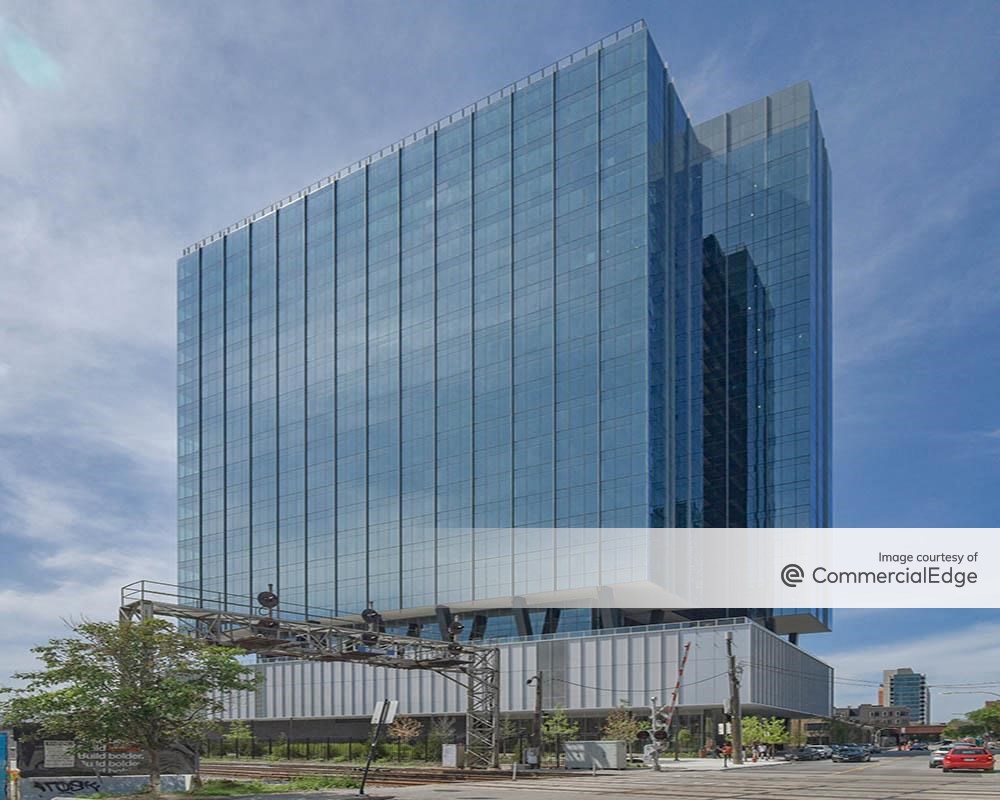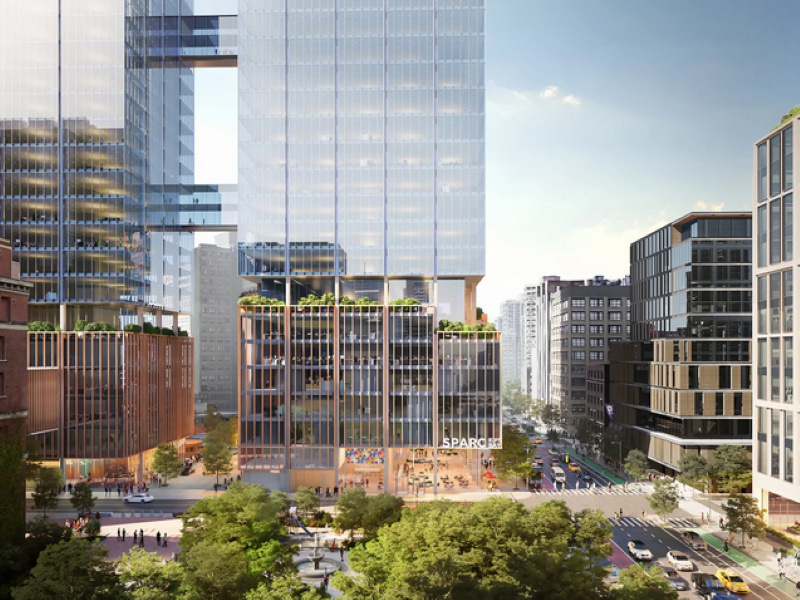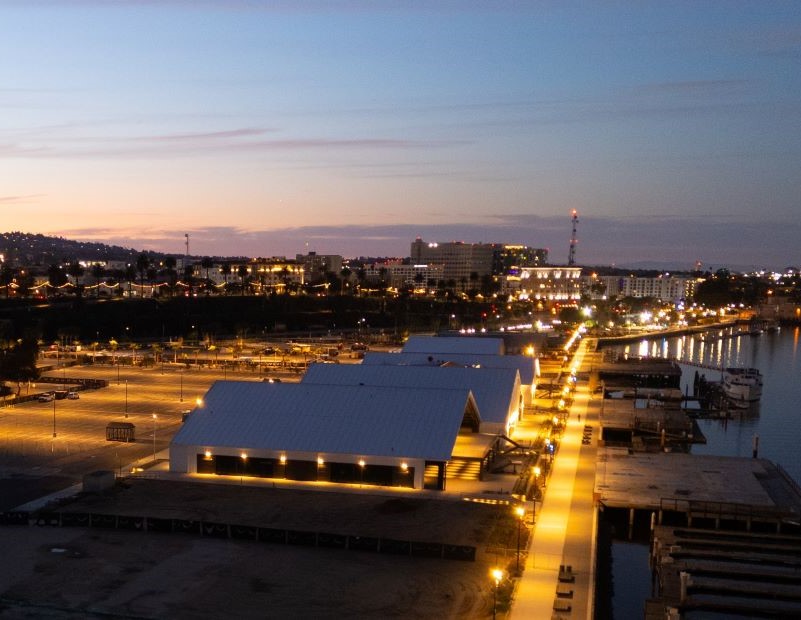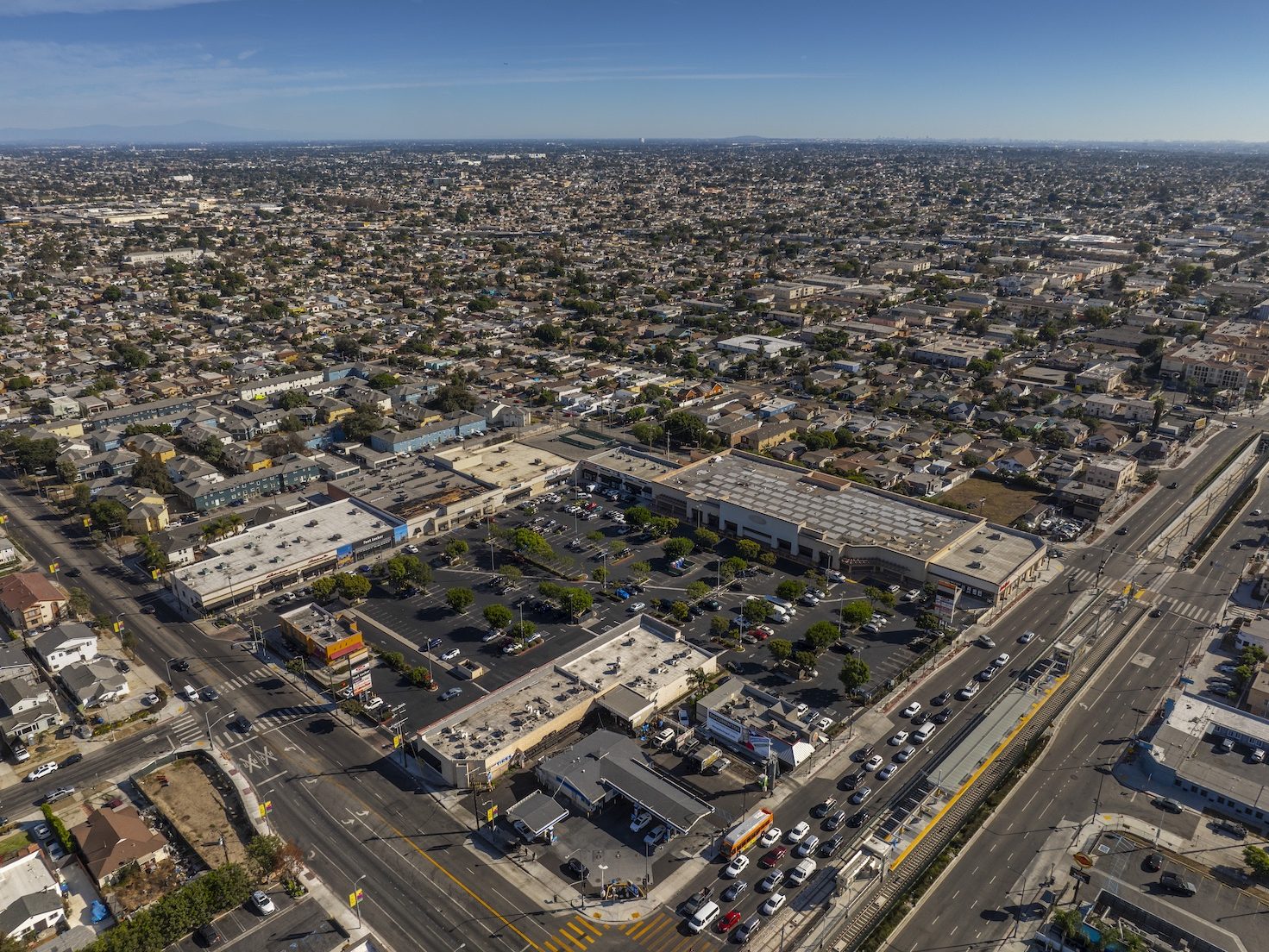Trends That Will Redefine Industrial Architecture, Design
Ware Malcomb Principal Cameron Trefry talks about the most important features of facilities today and what type of industrial product is most likely to remain in high demand.
Distribution centers are among the fastest-growing class in the industrial sector, particularly due to e-commerce irreversibly impacting the way people shop. The coronavirus crisis, coupled with consumer preference and demand for high-speed shipping service, has boosted demand for last-mile delivery. As a result, design flexibility has become of paramount importance.
In an interview with Commercial Property Executive, Ware Malcomb Principal Cameron Trefry talked about the impact of e-commerce on the architecture of industrial properties and shared his views on trends in the sector.
READ ALSO: An Industrial Developer’s Insights on the Pandemic’s Impact
How has industrial design changed over the past 10 years?
Trefry: Industrial design has evolved rapidly in the past 10 years. Some of the latest trends include higher clear heights; wider bay spacing to accommodate higher clear heights and material handling equipment used for the taller racking; increased energy efficiencies due to energy code updates; and flexibility to accommodate automation for e-commerce users and multi-story warehouse facilities—they are not trends, but rather the next evolution of industrial building design and development.
What are the most important aspects to consider today when it comes to the architecture of an industrial building?
Trefry: When it comes to the architecture of an industrial building, the most important aspects to consider today are: maximizing building coverage on the site and maintaining ultimate flexibility for the building; proper bay spacing; the location of potential office space within the building; and maintaining a fresh aesthetic while keeping budget in mind.
What is the greatest challenge of designing an industrial project today?
Trefry: The greatest challenge of designing an industrial property is keeping the costs low and working within the budget. It’s imperative to balance the benefits of adding updates to the building while keeping the ultimate flexibility in mind.
How are last-mile operations today impacting industrial real estate design?
Trefry: Developers are clamoring to court e-commerce users, so everyone is on the hunt for a site with appropriate accommodations. In some instances, we see reduced building coverage for developments due to a higher need for vehicle parking on these sites.
Are last-mile fulfillment centers part of your portfolio?
Trefry: We are working with some of the nation’s largest retailers and last-mile fulfillment has become a predominant piece of our portfolio. The rapid growth of e-commerce and the need to provide an efficient, expanding last-mile delivery network have further magnified the need and urgency to develop such facilities.
Tell us about one of Ware Malcomb’s noteworthy industrial projects.
Trefry: Ware Malcomb provided architecture and interior design services for Golden State Foods in McCook, Ill. The project was a design-build, with a 156,691-square-foot distribution center and a two-story corporate, Class A office with a two-story lobby, a demonstration kitchen, a break room and an event space. The warehouse features 40-foot clear height with custom build-to-suit bay spacing and is split into three temperature zones for cooler, freezer and dry warehouse areas. The cooler and freezer utilize a carbon dioxide cascade refrigeration system.
There is also an 8,539-square-foot truck maintenance building with an automated truck wash that uses recycled water. The project also features an on-site hydrogen generation plant to power hydrogen fuel cells for material handling equipment in the warehouse. The project has attained LEED Gold certification.
How has COVID-19 impacted commercial real estate design?
Trefry: Even though the demand for e-commerce before COVID-19 was considerable, due to the circumstances, it has grown substantially, allowing a heightened awareness of the product type. As a result of the virus, grocery is rapidly migrating to an online platform along with a significant increase in demand for home delivery. We expect to see an increase in speculative cold storage facilities in order to meet this demand.








You must be logged in to post a comment.